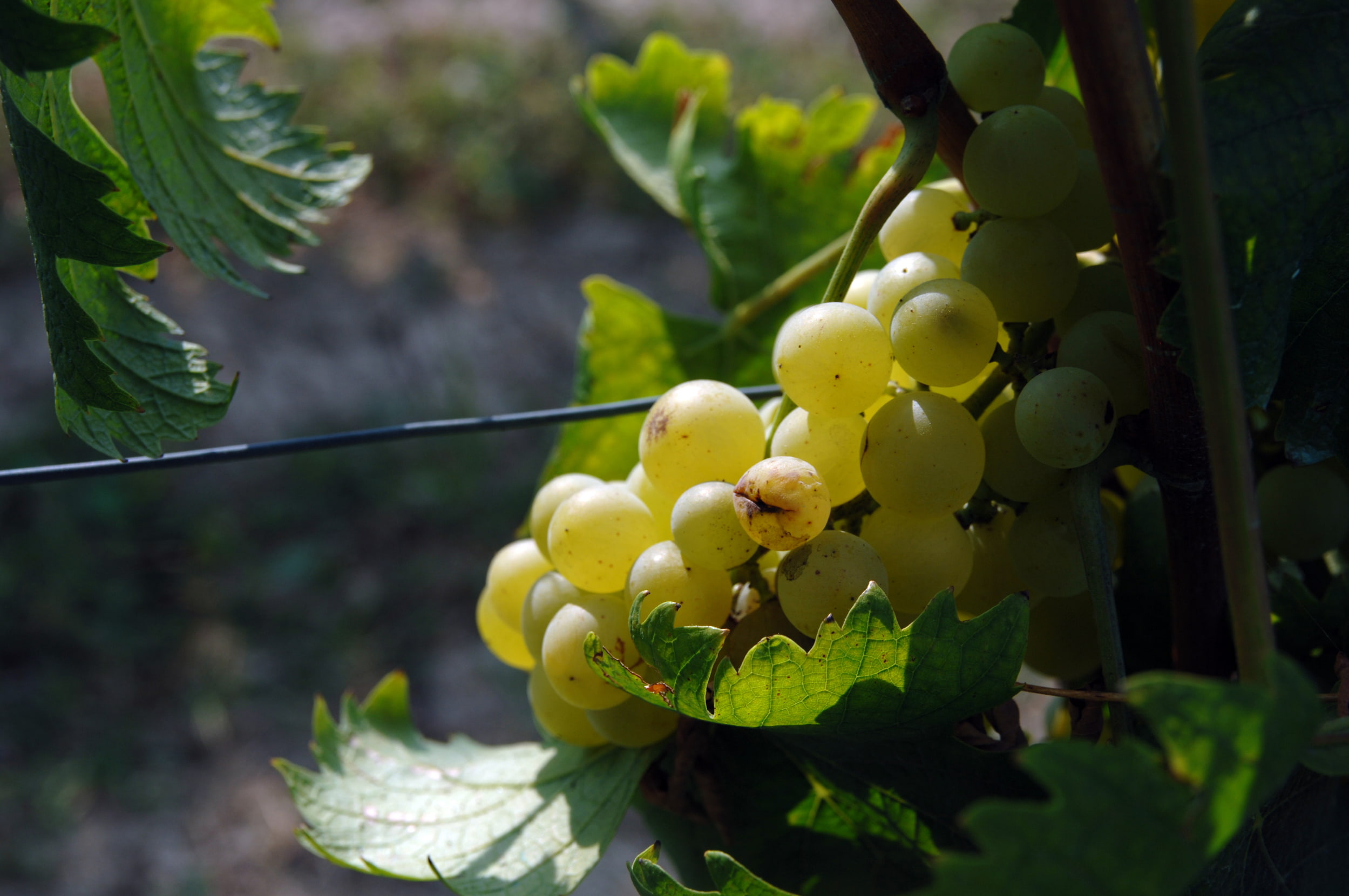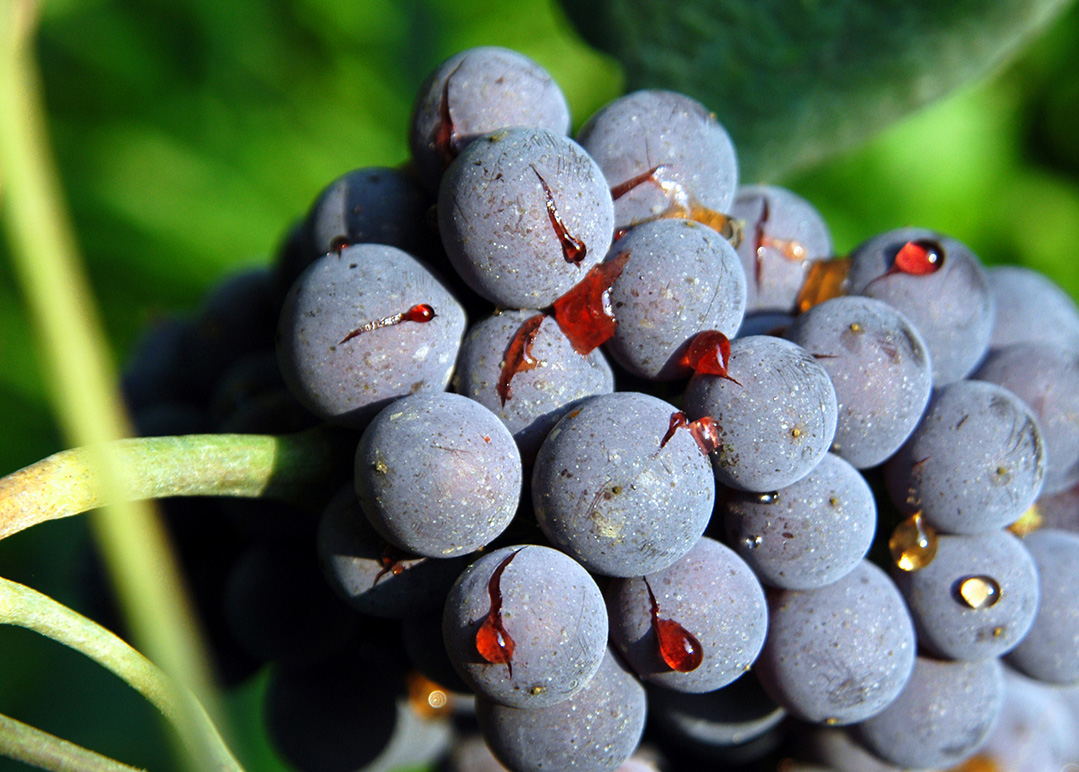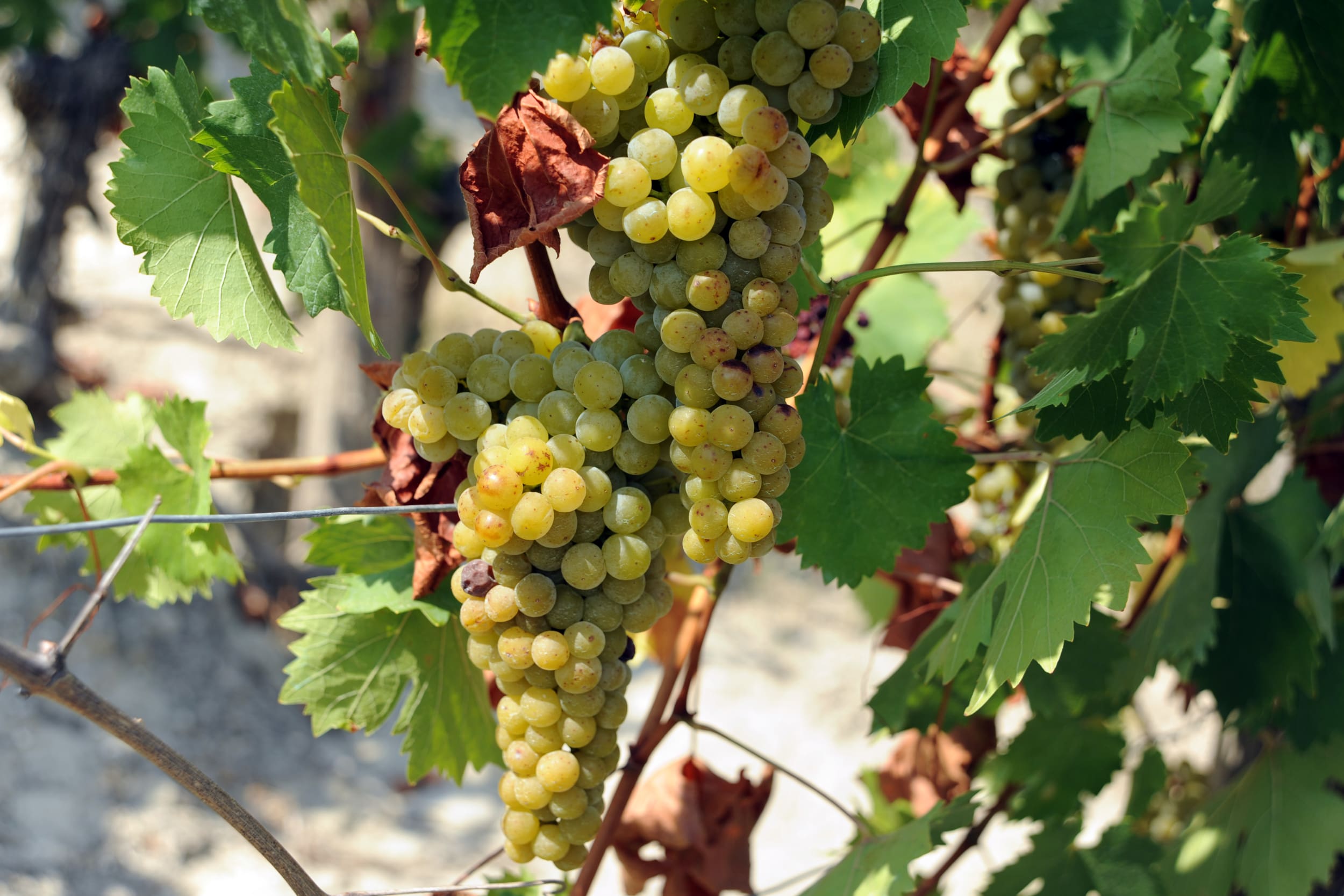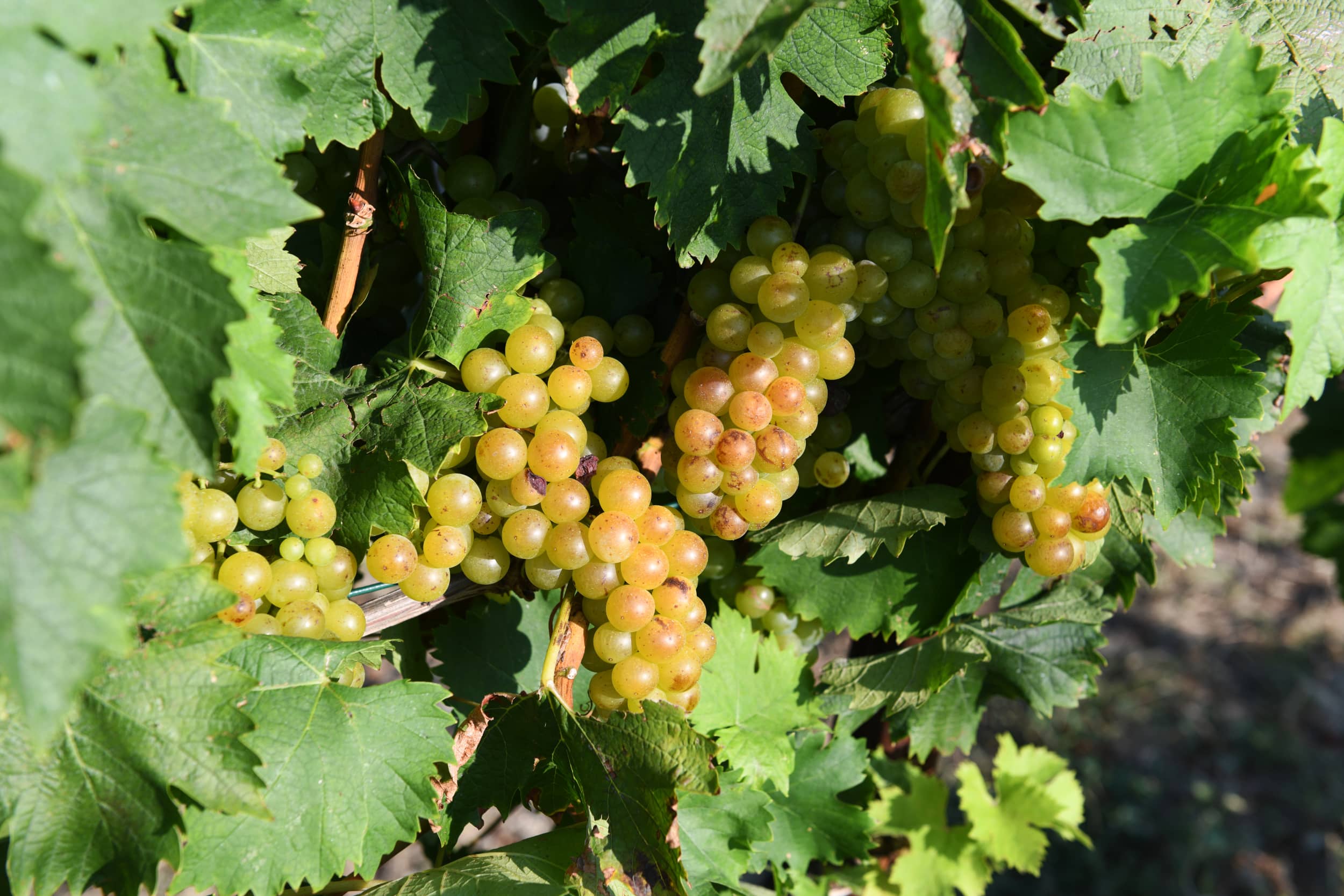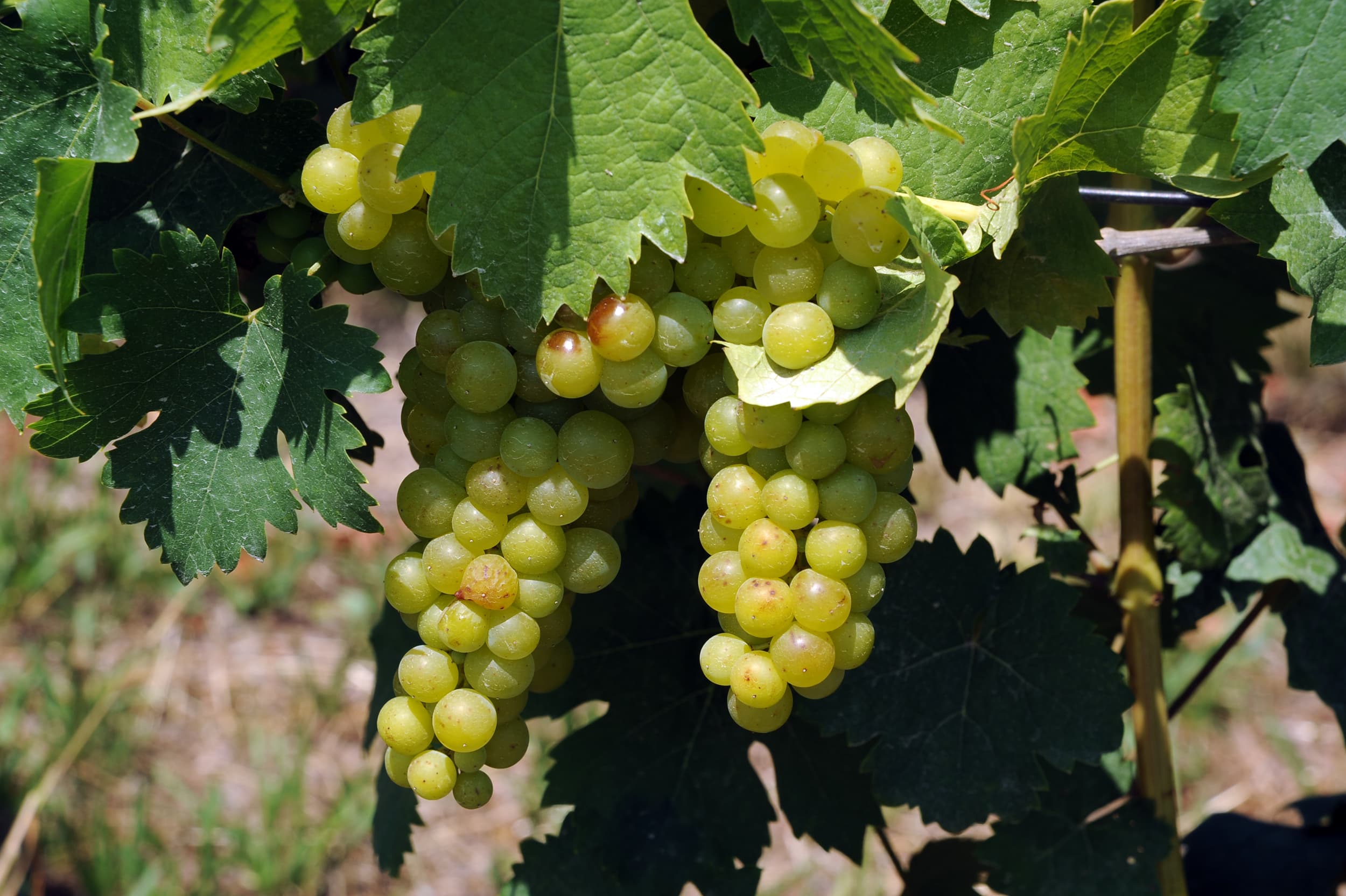The quality of the grapes
A theme that has not been discussed too much is referred to the grapes as single structures, separately from the complex of bunches as infructescences. The berries are made up of a structure that progressively evolves during the phenological phases, transforming itself structurally and physiologically.

The peel and the volume
The consistency of the skins is one of the elements deriving from the genotype and, at the same time, highly influenced by the progress of the season. Another element, perhaps even more characterizing the vintage, is the relationship between the volume of the berry and the surface of the skins. The larger the size of the berries, the greater the ratio between fruit volume and skin surface. Consequently, the resistance of the individual grapes is also reduced. For the same grape variety, the larger size of the berries leads to a greater accumulation of water, a higher weight, a more fragile attachment of the individual fruits, a thinner and less firm skin.
The bunch as a whole therefore becomes more or less susceptible to the effects of late rains and to the spread of parasitic fungi which induce rotting.
Moreover, all this can evolve at different times. The climate, in fact, not only interferes with regard to the single and most recent meteoric event, but, at a physiological level, it also acts with regard to the general trend that characterized the entire season, in which the phenological phases of growth of the vegetation and fruit development.
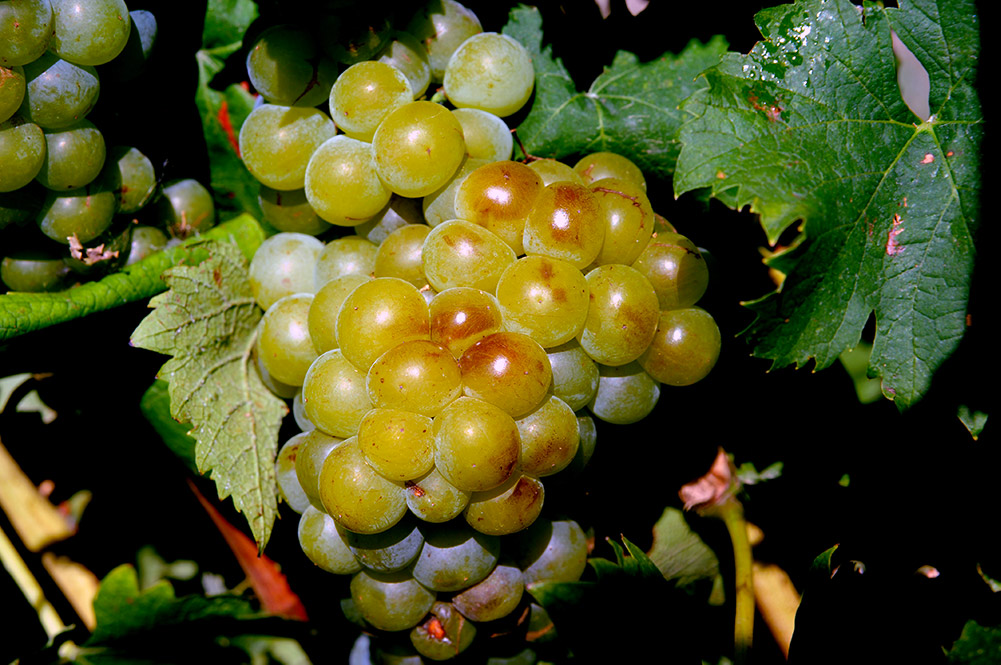
The negative factors
A tendentially dry summer in which the berries suffered from lack of water, determines the following final characteristics of the individual grains: small size, although not particularly robust following seasonal deficiencies.
A period of intense rainfall, immediately after fruit ripening, can induce their rapid growth. The considerable dilatation of the individual berries can result in cracking of the skins, which in turn is potentially accentuated by other factors as well. Among the latter, the most frequent are:
- previous wounds caused by parasitic fungi such as powdery mildew
- the crushing of the bunches deriving from the excessive compactness of the bunches
- the condition of exuberance of vigor typical of young plants.
Following cracking of the peel, the health of the fruit can also be compromised.
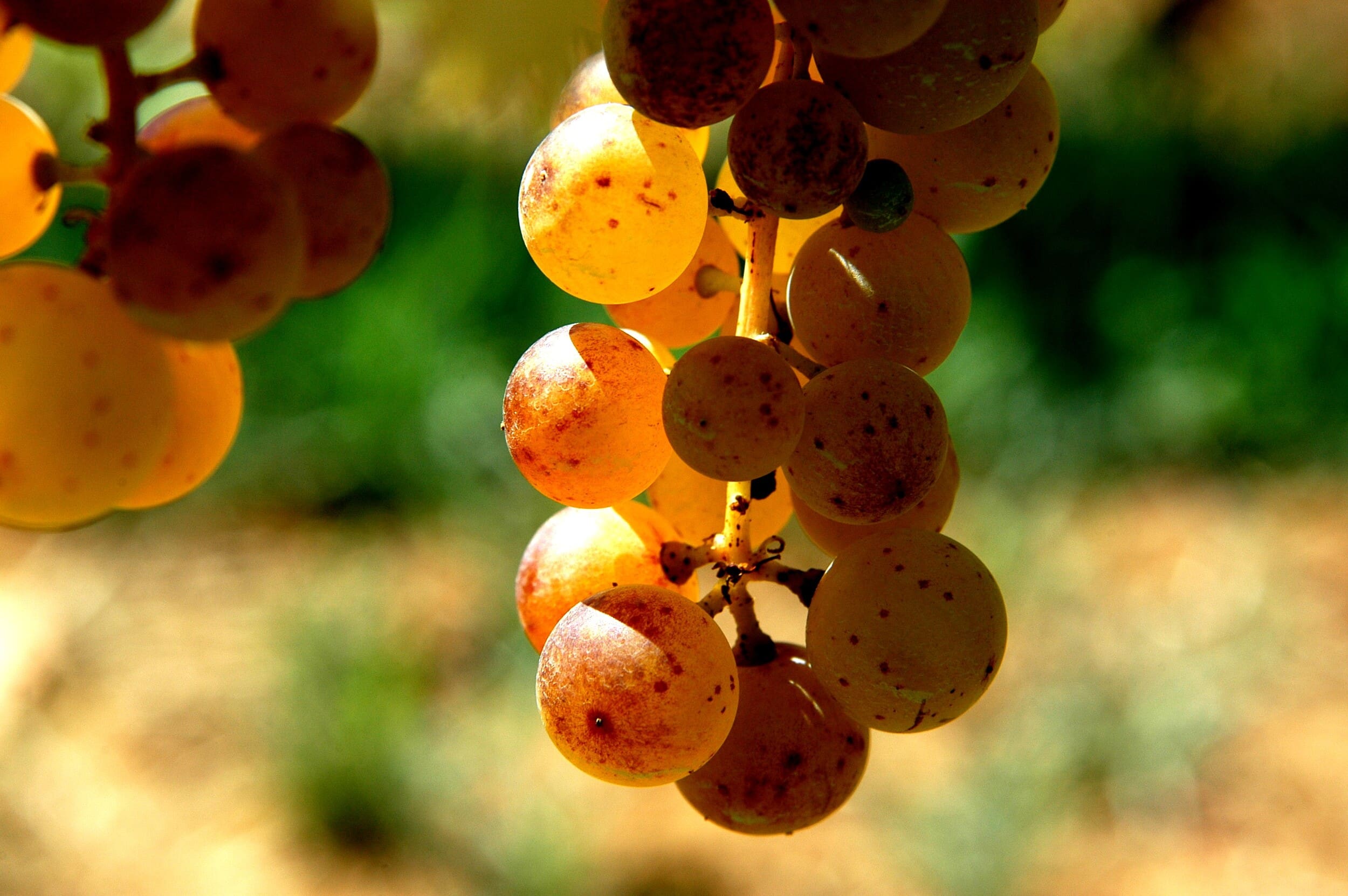
Gray mold
Maturing Botrytis cinerea is the most feared pathogen. Usually, the infection starts from the inside of the bunches following a previous settlement. The greater crushing that is generated in the central part of the infructescence causes the first micro-cracks and loss of juice to appear in that very point, thanks to which the fungus can easily spread. Therefore, almost suddenly, parts that are now completely invaded and deteriorated can be seen in the central area of the bunches. Once the grapes reach maturity, if cracked, they are easily colonized by the parasite which, through a dense gray felt, outlines the contours of the previous opening. Frequently, small drops of juice can be seen oozing from very fine skins. Even in these cases, there are small lesions on which the rot has the power to spread.
